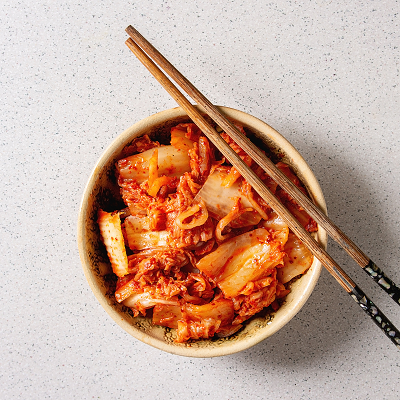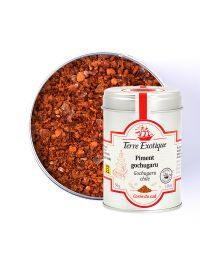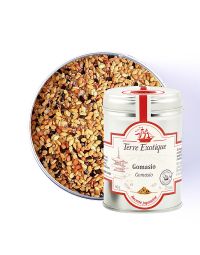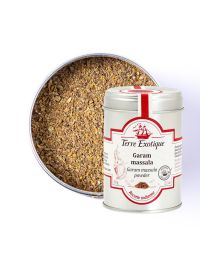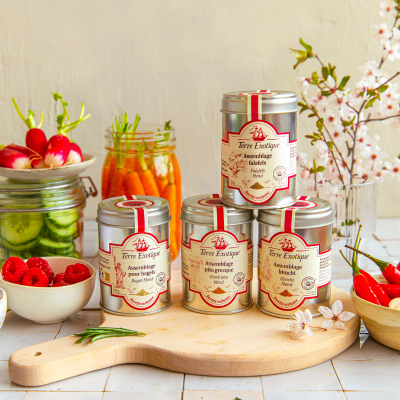The Kimchi Mix
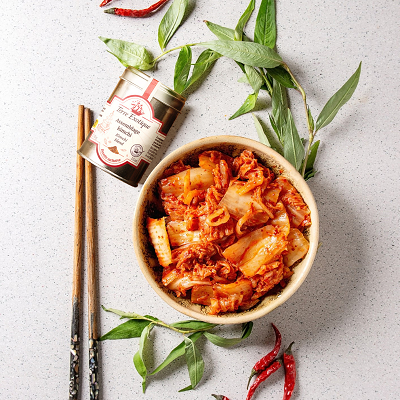

A Delight Stemming from a Korean Practice
Kimchi, a traditional Korean dish, is crafted from lacto-fermented vegetables and chili peppers. Its preparation involves submerging them in a brine for several weeks, fostering the development of a characteristic acidity. Originally, kimchi served as a means to preserve vegetables during Korea's harsh winters. Vegetables were submerged in a brine of water and salt, then stored in large earthenware jars buried in gardens to shield them from frost. This ancient method was crucial for ensuring vegetable availability throughout the seasons.
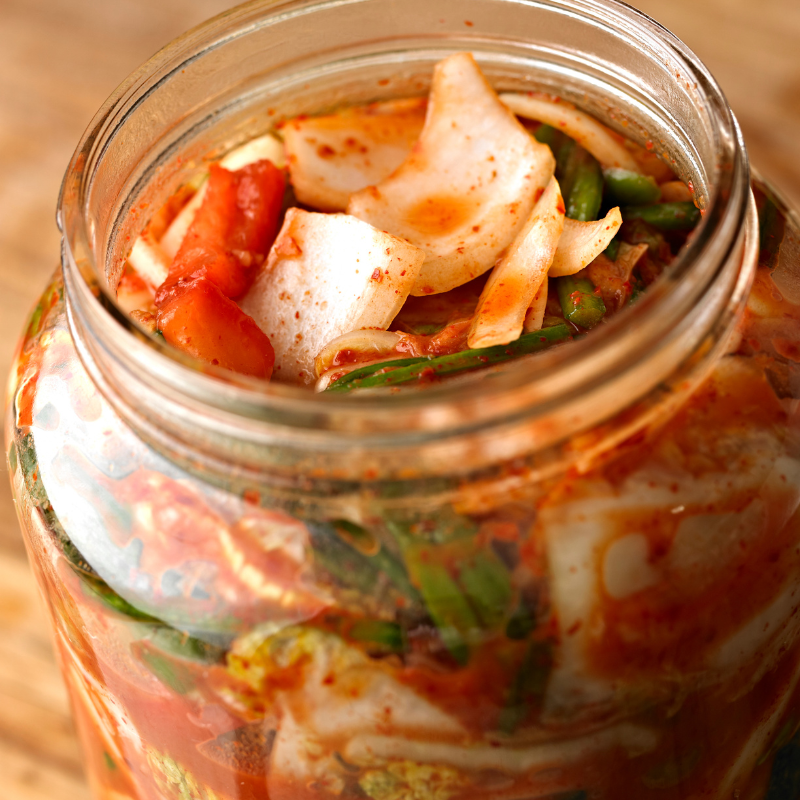
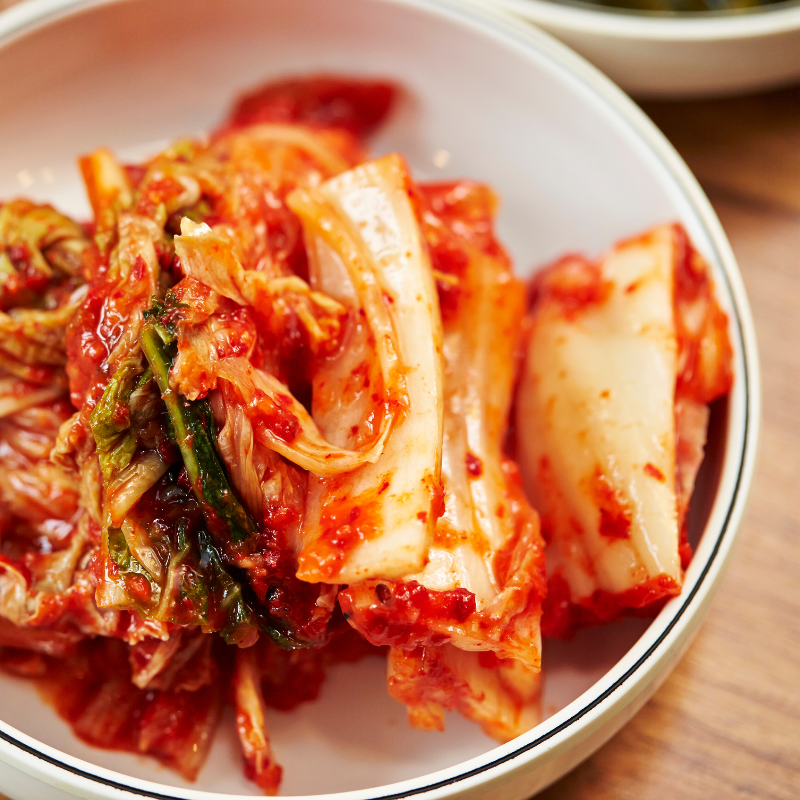

Kimchi, a Cultural Heritage
Kimjang is a Korean tradition where communities come together to prepare substantial amounts of kimchi, strengthening social and familial bonds. This seasonal ritual, dictated by available ingredients and weather forecasts, transcends cultural boundaries, symbolizing unity and cooperation. Passed down through generations, kimjang embodies a living heritage, a source of pride and connection to Korea's deep cultural roots.
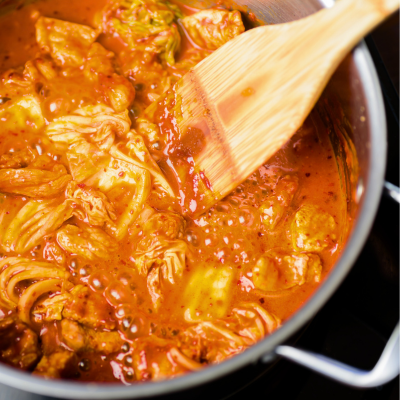

Kimchi Over Time
Kimchi has undergone transformations over the centuries. Initially white in color, it evolved in the 16th century with the addition of chili peppers, giving it its characteristic red hue. Chinese cabbage leaves encase the kimchi, which is then mixed with brine. While Chinese cabbage remains the most common base ingredient, other vegetables such as radishes or cucumbers are also used in kimchi preparation. Kimchi recipes also vary depending on seasons and personal preferences, with some being spicier and others milder.

A versatility in the kitchen
In addition to being consumed as a side dish, kimchi is also used in a variety of dishes, such as soups, stews, stir-fries, and even fusion pizzas and hamburgers.
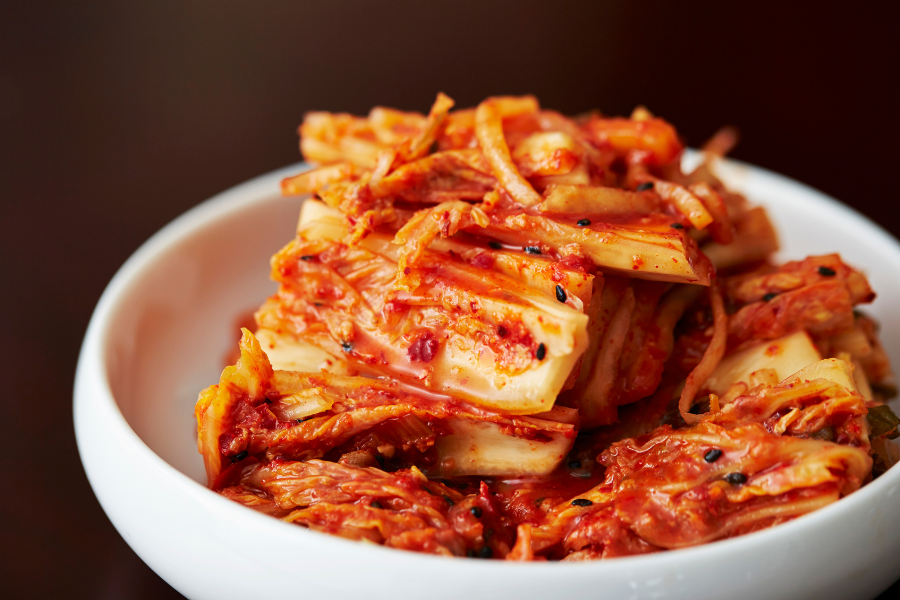

The Kimchi Assembly: A Signature of Korean Gastronomy
The Kimchi Assembly is a perfect fusion of carefully selected ingredients to recreate the authentic Korean flavor of kimchi. Comprising gochugaru chili flakes, brown sugar, salt, ginger, and garlic, this assembly offers a balanced combination of spiciness, sweetness, and aromatic complexity. Ready to be added to your fermented cabbage or other vegetables, this assembly allows you to prepare your own homemade kimchi, capturing the very essence of traditional Korean cuisine.

 Français
Français 
